The previous post covered the annual guide booklet for tourists to Largo, which was produced in the 1930s by the Largo Parish Community Council. After the Second World War a new style of tourist guide was published covering a wider geographical area. Entitled the 'Tourist Guide to the Vicinity of Largo Bay', this guide was put together by Leven man George Dingwall and encompassed the area from Wemyss Castle in the west to St Monan's Kirk in the east. Like the earlier guides, this one featured Alexander Selkirk's statue on the front cover, contained many photographic illustrations and delved into the history of the area, as well as praising the many amenities and natural features along the coast.
The guide was published in 1946 and was heavily advertised in the local press. Above is an advert from the 3 July Leven Advertiser of that year. The guide book was advertised again after the end of the main summer season - this time being pitched as a Christmas gift for the "scattered natives" who might appreciate the 12 local illustrations and many stories of "native haunts". The advert below appeared in the 16 October 1946 Leven Advertiser. By this time more than two thousand copies of the guide had already been sold.
The guide was re-advertised the following year, with a quote from a Daily Record journalist, stating that the guide was "packed as full as an egg with history, legend, romance and information" (2 July 1947 Leven Mail). Spurred on by the success of his tourist guide book, George Dingwall followed it up in 1951 with a new publication. This time it was a book about Largo's Alexander Selkirk, entitled "The Story of Alexander Selkirk: The True Robinson Crusoe".
Of course, much had been written before then about Alexander Selkirk (1676-1721) and much more has been written since. It's unclear how successful Dingwall's publication was. This year is the 300th anniversary of the death of Selkirk, which follows closely on from the 300th anniversary two years ago of the publication of Daniel Defoe's 'Robinson Crusoe'. In fact it was on 13 December 1721 that the eventful life of Alexander Selkirk came to an end.
On 21 December 1720, the HMS Weymouth set off from Plymouth for the West Coast of Africa with Selkirk onboard. The purpose of the voyage was to seek out and destroy the pirates who preyed upon British ships there. At the end of May 1721 they arrived at what is now Ghana. Within weeks a tropical disease began to spread through the ship. As Rick Wilson put it in the book 'The Man Who Was Robinson Crusoe', "the sounds of distress emanating from the hammocks below grew lounder as the fever and jaundice took its toll. The doomed men vomited, shivered and bled from the eyes and mouth." By late October many men had been lost to what is now supposed to have been Yellow Fever. The ship's log of 13 December noted matter-of-factly that "at 8pm Mr Alexander Selkirk died". The ship lay off Ghana's Cape Coast at the time. He was buried at sea - one of 180 men to die on the voyage.
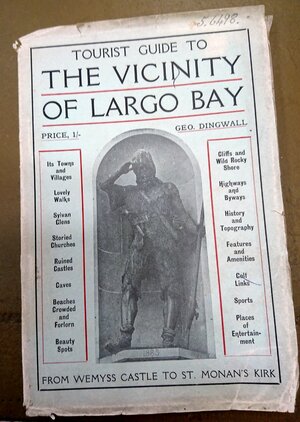
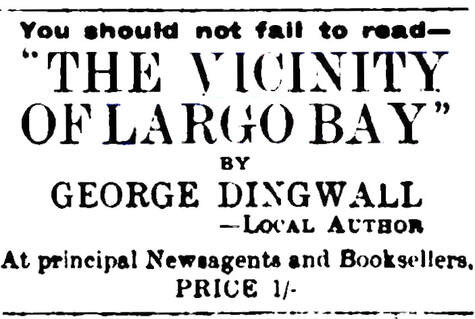
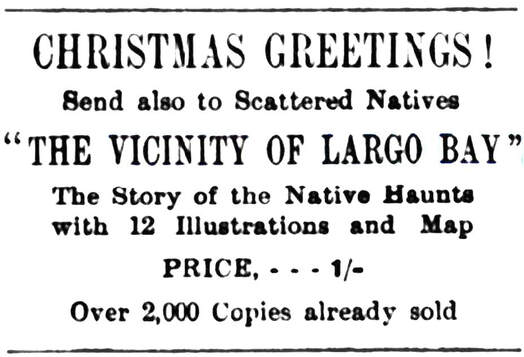
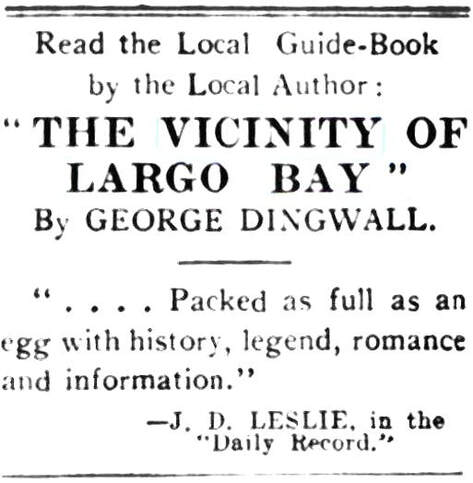

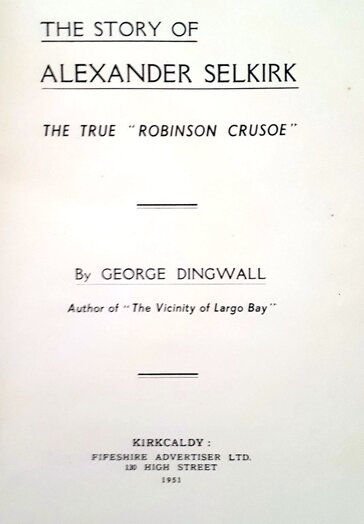
 RSS Feed
RSS Feed
